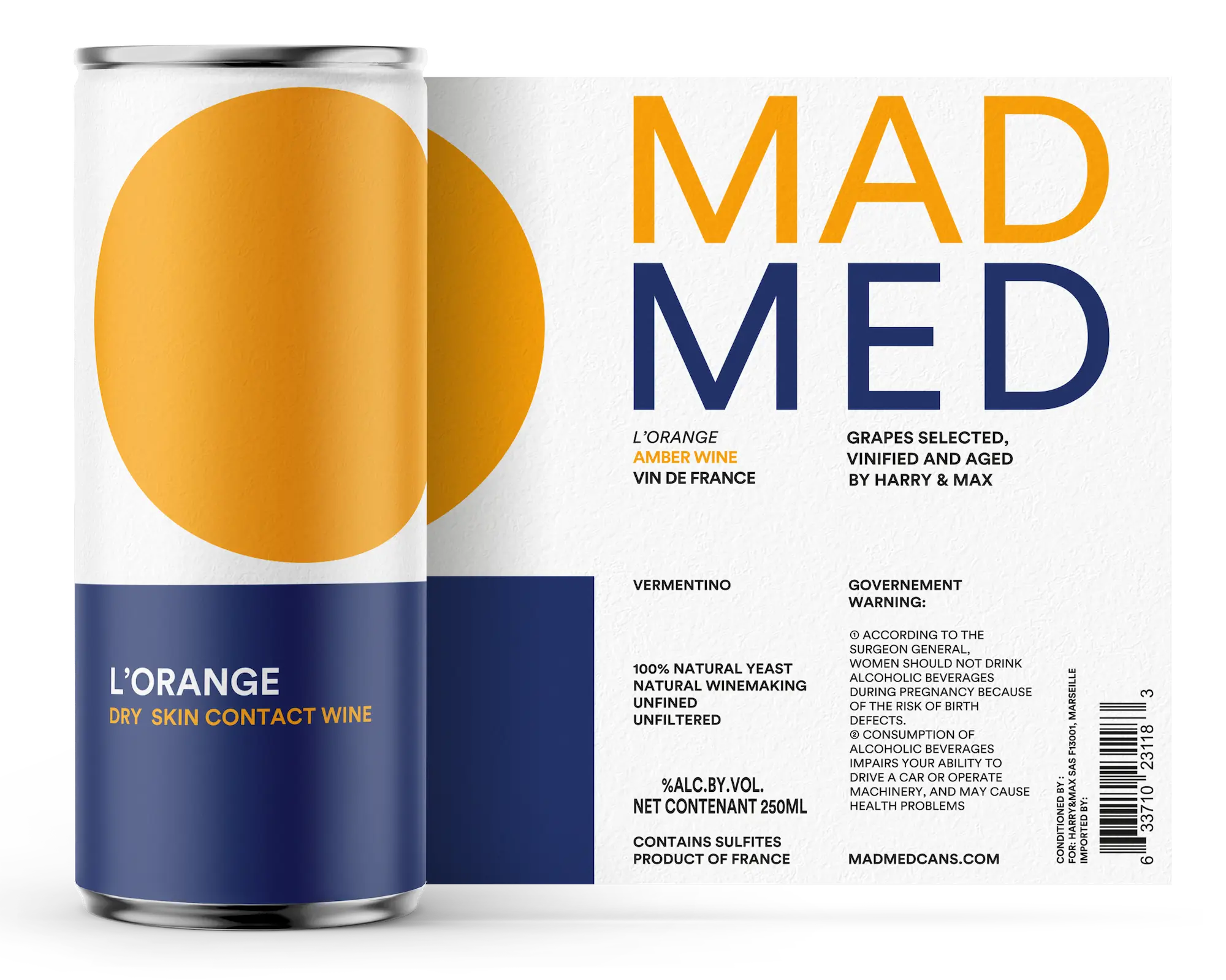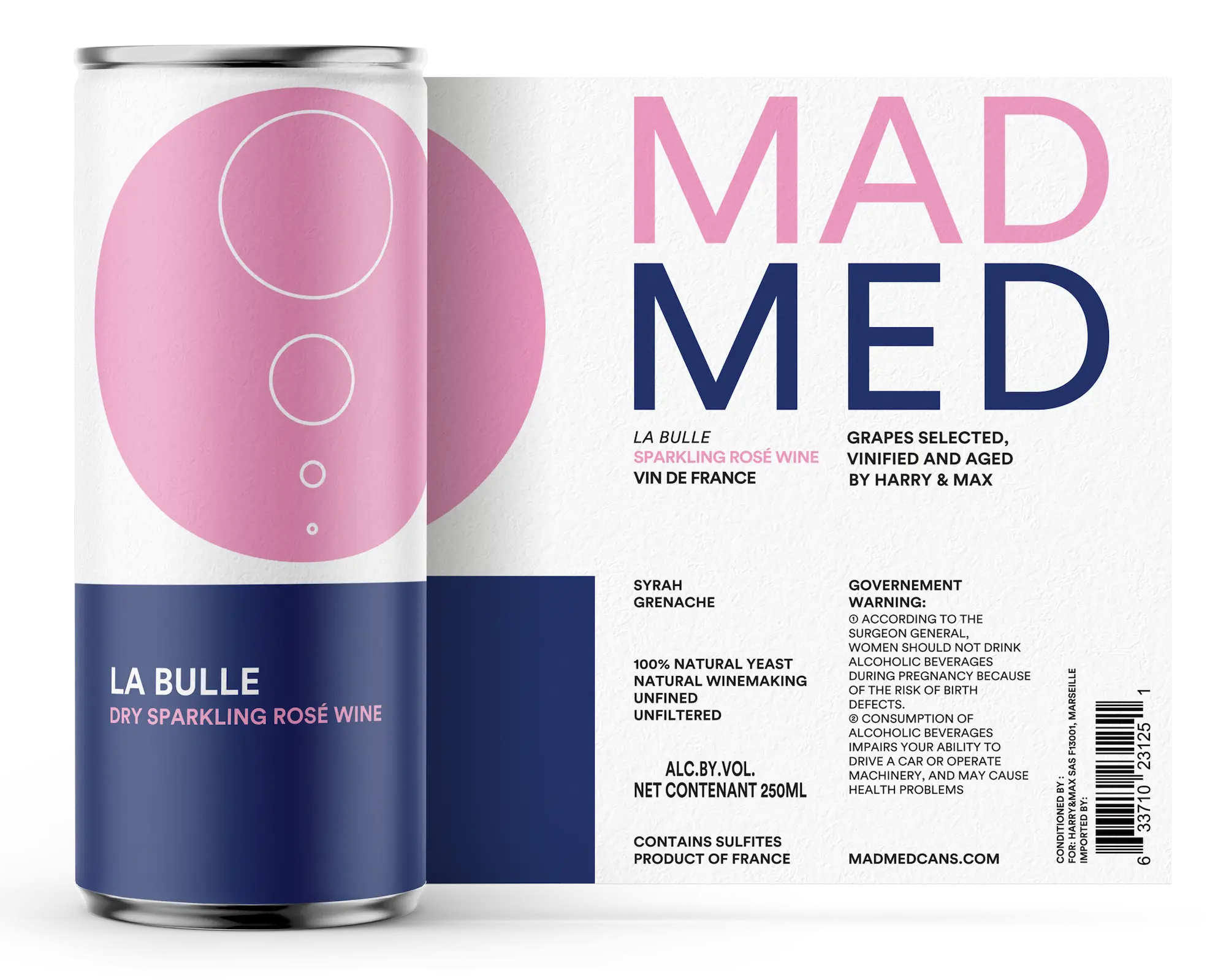The can and the wine
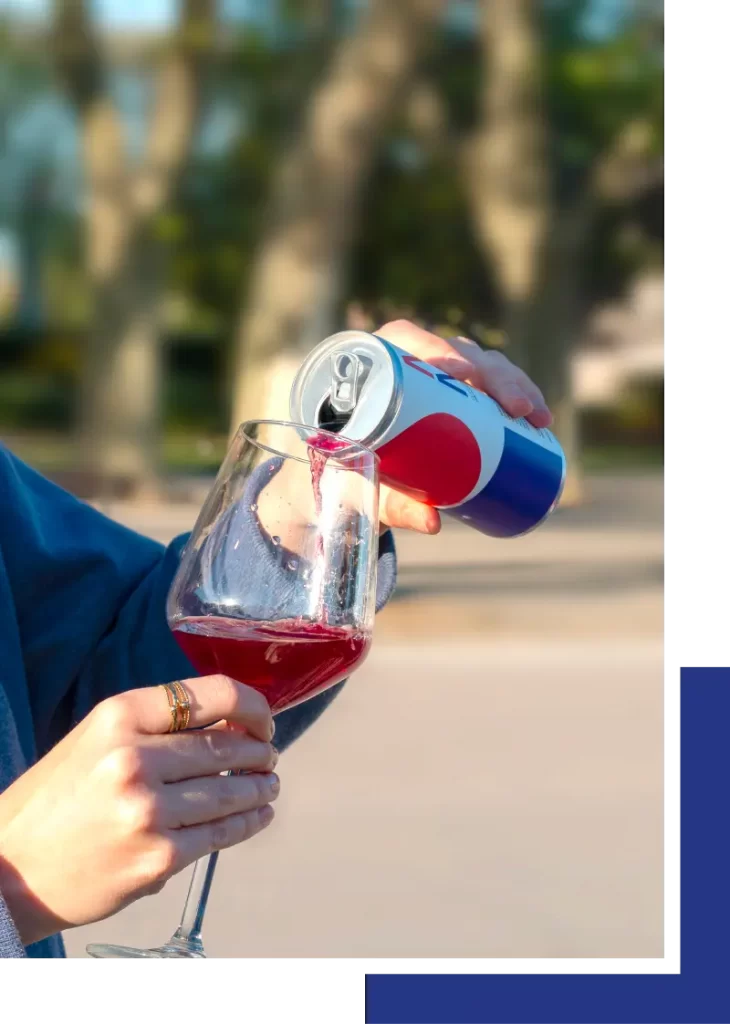
WHEN WINE IS IN A CAN, IT IS PROTECTED FROM LIGHT AND OXYGEN, ALLOWING IT TO KEEP ITS ORIGINAL FRUITINESS, AS IF THE WINE WERE STILL IN THE TANK.
IN FACT, THE CAN IS THE « IDEAL » CONTAINER FOR FRESH NATURAL WINE.
THE CAN IS NOT MADE FOR AGED WINES BUT FOR YOUNG FRESH WINES TO BE DRUNK WITHIN 3 YEARS.
MAD FIGURES
Recycling
Some figures to help you decomplex.
40%
OF A WINE COMPANY’S CARBON FOOTPRINT COMES FROM THE GLASS BOTTLE.
80%
OF WINES ARE CONSUMED JUST AFTER THEY ARE PUT ON THE MARKET.
45%
OF CANS ARE RECYCLED.
25%
OF GLASS BOTTLES ARE RECYCLED.
WE ARE ALL TEMPTED TO BELIEVE THAT GLASS IS THE MOST ECOLOGICAL CONTAINER FOR OUR WINES.
However, according to a Finnish study, the glass bottle has the largest carbon footprint, ahead of the lightweight bottle, the plastic bottle, the aluminum can, the wine pouch and the cardboard carton. It is about 40% of the carbon footprint of a wine company.
Wines are put in containers, glass bottles, capable of lasting 100 years, whereas today 80% of wines are consumed just after they are put on the market, in the months that follow.
Aluminum cans are the most recycled container. On average, consumers recycle 45% of aluminum cans versus 25% of glass bottles.
Recycling a ton of aluminum results in 96% energy savings compared to only 26.5% for glass. Aluminum can be recycled endlessly and much of the aluminum produced to date is still in use today.
Carbon Balance
The carbon balance of the can and the glass bottle.
Can
Bottle

99%
of the can is recyclable.
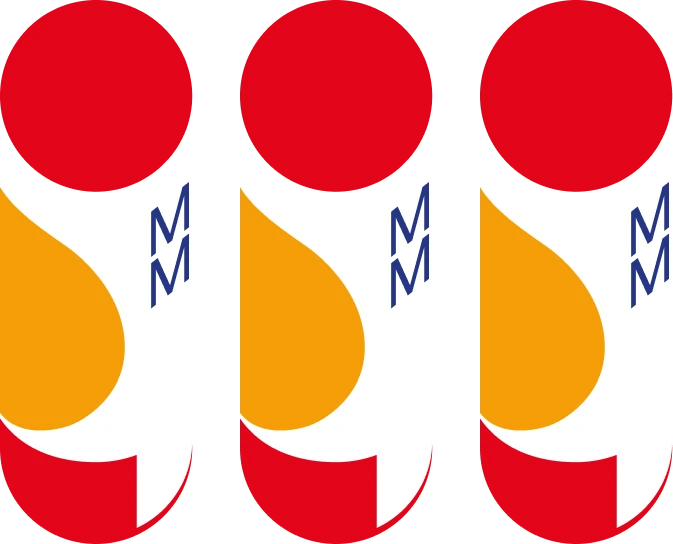
= 30 g*
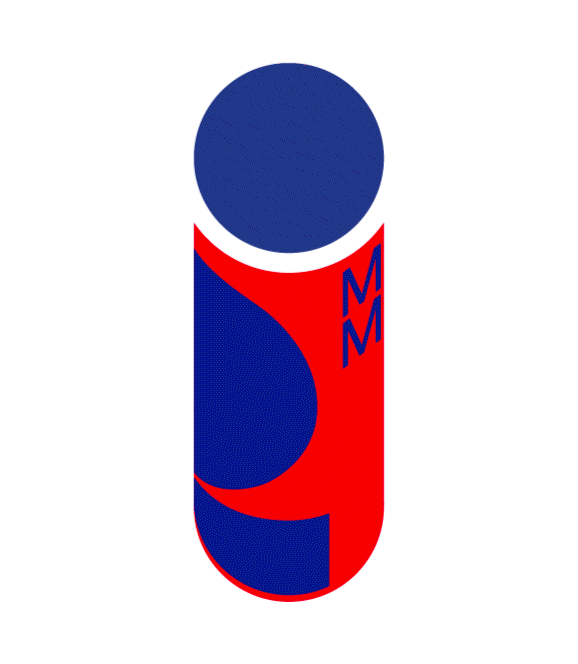
Due to its lightness and compactness, cans also generate a significant reduction of the carbon footprint for the actors of the distribution since it is possible to transport twice as much wine as a glass bottle with a comparable weight.
3 empty cans (750 ml) = 30g.
1 empty wine bottle (750 ml) = 500g.
THUS, BY REDUCING THE WEIGHT OF OUR GOODS, WE REDUCE OUR EMISSIONS INDUCED BY THEIR TRANSPORT.

40%
of the glass bottle is recyclable

= 500 g*
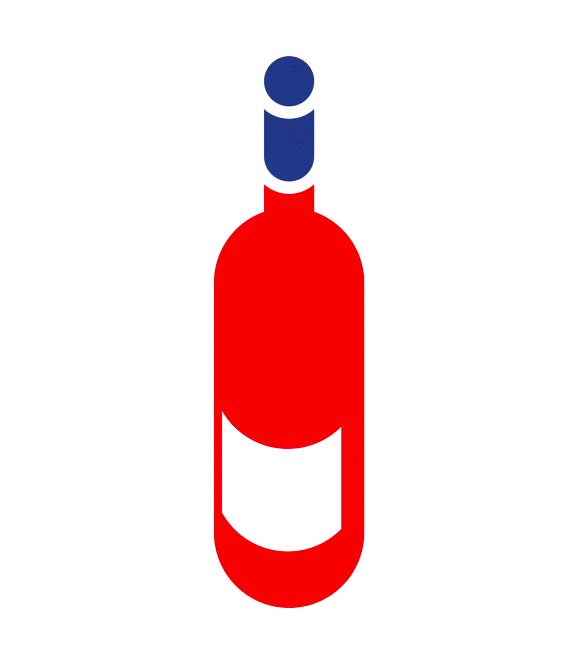
Due to its lightness and compactness, cans also generate a significant reduction of the carbon footprint for the actors of the distribution since it is possible to transport twice as much wine as a glass bottle with a comparable weight.
3 empty cans (750 ml) = 30g.
1 empty wine bottle (750 ml) = 500g.
THUS, BY REDUCING THE WEIGHT OF OUR GOODS, WE REDUCE OUR EMISSIONS INDUCED BY THEIR TRANSPORT.



